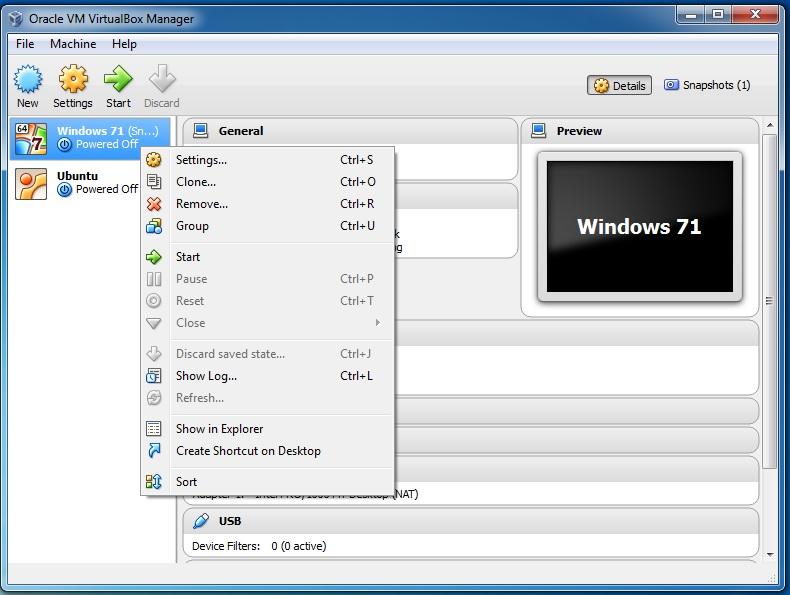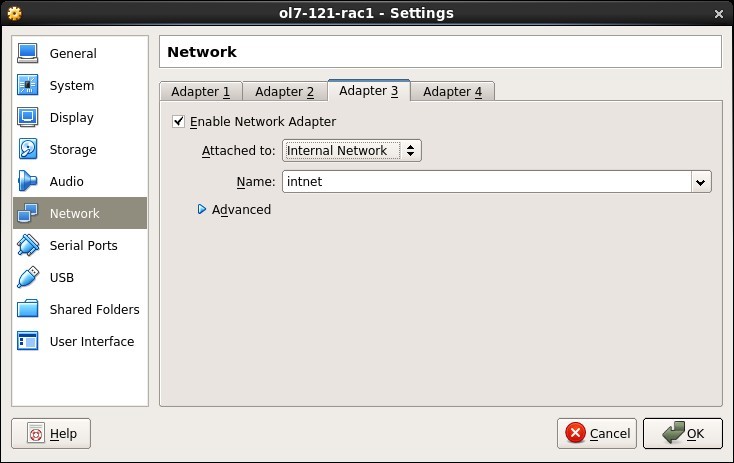

- #HOW TO USE SD ADAPTER IN VIRTUALBOX INSTALL#
- #HOW TO USE SD ADAPTER IN VIRTUALBOX UPGRADE#
- #HOW TO USE SD ADAPTER IN VIRTUALBOX ANDROID#
- #HOW TO USE SD ADAPTER IN VIRTUALBOX ISO#
- #HOW TO USE SD ADAPTER IN VIRTUALBOX DOWNLOAD#
#HOW TO USE SD ADAPTER IN VIRTUALBOX ISO#
If you build the ISO from source, you can add these options to bootable/newinstaller/boot/isolinux/isolinux.cfg. ) go into /dev/sda1, and data saved in sdcard go into /dev/sda2. These options specify user data (your setting, your uploaded applications. On the boot menu, select an entry you would like to boot from, press TAB, then add the following as it suits your needs: When booting Android-x86, you may specify which partitions represent the data and sdcard.
#HOW TO USE SD ADAPTER IN VIRTUALBOX ANDROID#
If it's a new machine, once loaded you can perform the Android setup to begin using your machine. Once the installation is complete, force close/shut down the virtual machine and remove the ISO from the virtual CD drive.įinaly, start Android-x86. You may also leave /system as read and write when prompted.
#HOW TO USE SD ADAPTER IN VIRTUALBOX INSTALL#
You should install GRUB when it prompts you to. If you just want a simple installation, create one partition taking up the entire disk and format it as ext4.Ĭontinue through the installation. You may partition your disk however you see fit. Use Bootable but not GPT! This will cause the GRUB installation to fail later.
#HOW TO USE SD ADAPTER IN VIRTUALBOX UPGRADE#
If you upgrade Android-x86 from a previous version, just select the existing partition.When you are prompted to Choose a partition: But please note Android will only work under 16-bit mode.

You can also use vga=ask to see all available modes. If you want to use higher resolution, you can edit the boot option by pressing TAB, change vga=788 (800圆00) to vga=791 (1024x768) or vga=794 (1280x1024), and press Enter.


Select your machine, then click the Settings button and refer to the below recommended configuration to make sure your settings match. Android-x86 version 6.0-r3, both 32-bit and 64-bit. Tested on VirtualBox 64-bit for Windows, version 5.2.0. It still needs to be initially installed at this point. Your virtual machine has now been created. Click through the rest of the options for creating your Hard disk. The recommended starting size of 8GB is enough. Create a new Hard disk image which will act as your machine's storage.2GB (2048MB) is a good place to start, and you can change this later if you need to. Android doesn't specify a bare-minimum requirement for memory, just keep in mind what apps you plan on running. Specify how much RAM will be allocated to your virtual machine when you run it.Note that you should choose the appropriate bit type for the version of Android-x86 that you downloaded. Set Type to Linux, and Version to Linux 2.6 / 3.x / 4.x. Click the "New" button, and name your new virtual machine however you like.If you have not already created a VirtualBox virtual machine for Android-x86 yet, do so as follows: If you are using Android-x86 for debugging purposes, some binaries (gdb for example) are built for 32-bit architectures and will not support debugging 64-bit binaries such as the Android app host.
#HOW TO USE SD ADAPTER IN VIRTUALBOX DOWNLOAD#
Download an ISO of Android-x86 from here.


 0 kommentar(er)
0 kommentar(er)
